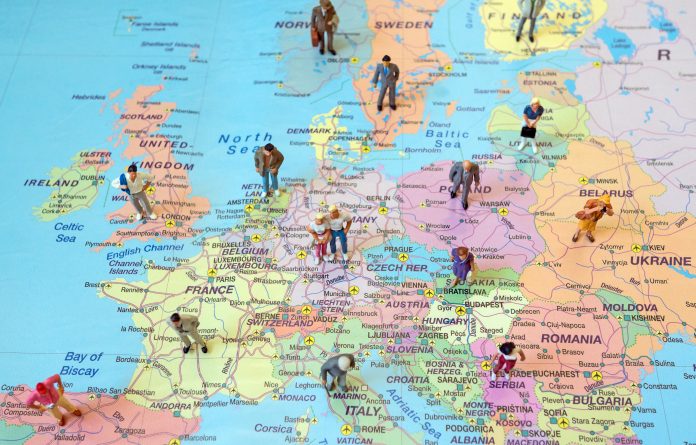The University of Southampton found that European countries should lift lockdown in synchronisation, to prevent a COVID second wave
A study by WorldPop, experts in population mapping, has found any resurgence of the virus would be brought forward by up to five weeks if well-connected countries prematurely end their non-pharmaceutical interventions (NPIs), such as social distancing and self-isolation, without coordinating efforts. This would give less time to expand testing programmes and develop new treatments or vaccines, enabling a COVID second wave.
Lead author of the study, Dr Nick Ruktanonchai comments on COVID second wave risks:
“Our study shows the timing of any second epidemic across Europe depends on the actions of countries that are populous, well-connected and currently have strong interventions in place. The uncoordinated easing of NPIs can lead to much earlier secondary epidemics, while coordination can mean much higher likelihoods of eliminating all local cases.”
Director of WorldPop, Professor Andy Tatem, says:
“Intergovernmental organisations, such as the World Health Organization, have stressed the importance of international solidarity to share resources and expertise to combat COVID-19. Our results underline this and suggest that coordination between countries removing lockdown measures is vital.
“One country ending NPIs before others could lead to an accelerated resurgence of the disease.”
Population movement and virus spread
The researchers used anonymised Vodafone mobile phone data and a Google mobility dataset to provide information on trends of population movement. They combined this with publicly available COVID-19 infection data. Using a sophisticated model, the team ran multiple exit strategy scenarios – each estimating the effect of relaxing different lockdown measures in different country combinations among 35 European countries, to examine how this affected virus spread in Europe over a six month period (April 2020 onwards).
The researchers concluded that if countries work together, it could greatly improve the likelihood of ending community transmission of COVID-19 throughout the continent. In particular, they showed that synchronising intermittent lockdowns across countries would lead to half as many lockdown periods being necessary to achieve an end to transmission of the virus among people in Europe.
Across 1200 simulations, the researchers found that if countries synchronised implementation and relaxation of NPIs, an end to community transmission (over the six months period) was always the most likely outcome. If this was achieved, it would shift the emphasis to testing, tracing and quarantining cases coming to the region from elsewhere.
Who has the greatest risk of a COVID second wave?
The study also showed that certain countries have a higher potential to cause a resurgence of COVID-19 than others. France, Germany, Italy, Poland and the UK were all identified as being a greater risk to triggering any new wave of infection.
France, Germany, Italy, Poland and the UK were all identified as being a greater risk to triggering any new wave of infection.
Furthermore, the way in which each country would contribute to any resurgence varies. For example, Germany was shown as most likely to spark epidemics in neighbouring countries, whereas virus spread from France tends towards adversely affecting main population centres continent-wide. This suggests the most effective interventions may depend on the country considered. For instance, airport closures might be more useful for France, while limits on local travel may be more effective for Germany.
The researchers believe their approach could be used to study virus resurgence beyond Europe and plan to undertake future work to examine the effect of coordinated relaxation of NPIs at a global level.











